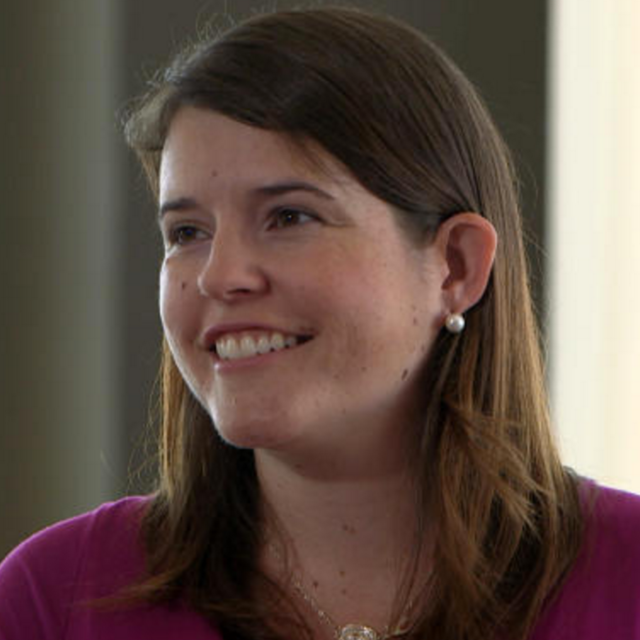September
2016
•
2016ApJS..226....7C
Authors
•
Crossfield, Ian J. M.
•
Ciardi, David R.
•
Petigura, Erik A.
•
Sinukoff, Evan
•
Schlieder, Joshua E.
•
Howard, Andrew W.
•
Beichman, Charles A.
•
Isaacson, Howard
•
Dressing, Courtney D.
•
Christiansen, Jessie L.
•
Fulton, Benjamin J.
•
Lépine, Sébastien
•
Weiss, Lauren
•
Hirsch, Lea
•
Livingston, John
•
Baranec, Christoph
•
Law, Nicholas M.
•
Riddle, Reed
•
Ziegler, Carl
•
Howell, Steve B.
•
Horch, Elliott
•
Everett, Mark
•
Teske, Johanna
•
Martinez, Arturo O.
•
Obermeier, Christian
•
Benneke, Björn
•
Scott, Nic
•
Deacon, Niall
•
Aller, Kimberly M.
•
Hansen, Brad M. S.
•
Mancini, Luigi
•
Ciceri, Simona
•
Brahm, Rafael
•
Jordán, Andrés
•
Knutson, Heather A.
•
Henning, Thomas
•
Bonnefoy, Michaël
•
Liu, Michael C.
•
Crepp, Justin R.
•
Lothringer, Joshua
•
Hinz, Phil
•
Bailey, Vanessa
•
Skemer, Andrew
•
Defrere, Denis
Abstract
•
We present 197 planet candidates discovered using data from the first year of the NASA K2 mission (Campaigns 0-4), along with the results of an intensive program of photometric analyses, stellar spectroscopy, high-resolution imaging, and statistical validation. We distill these candidates into sets of 104 validated planets (57 in multi-planet systems), 30 false positives, and 63 remaining candidates. Our validated systems span a range of properties, with median values of R P = 2.3 {R}\oplus , P = 8.6 days, {T}{eff} = 5300 K, and Kp = 12.7 mag. Stellar spectroscopy provides precise stellar and planetary parameters for most of these systems. We show that K2 has increased by 30% the number of small planets known to orbit moderately bright stars (1-4 R ⊕, Kp = 9-13 mag). Of particular interest are 76 planets smaller than 2 R ⊕, 15 orbiting stars brighter than Kp = 11.5 mag, 5 receiving Earth-like irradiation levels, and several multi-planet systems—including 4 planets orbiting the M dwarf K2-72 near mean-motion resonances. By quantifying the likelihood that each candidate is a planet we demonstrate that our candidate sample has an overall false positive rate of 15%-30%, with rates substantially lower for small candidates (\lt 2{R}\oplus ) and larger for candidates with radii \gt 8{R}\oplus and/or with P\lt 3 {{days}}. Extrapolation of the current planetary yield suggests that K2 will discover between 500 and 1000 planets in its planned four-year mission, assuming sufficient follow-up resources are available. Efficient observing and analysis, together with an organized and coherent follow-up strategy, are essential for maximizing the efficacy of planet-validation efforts for K2, TESS, and future large-scale surveys.
Links






